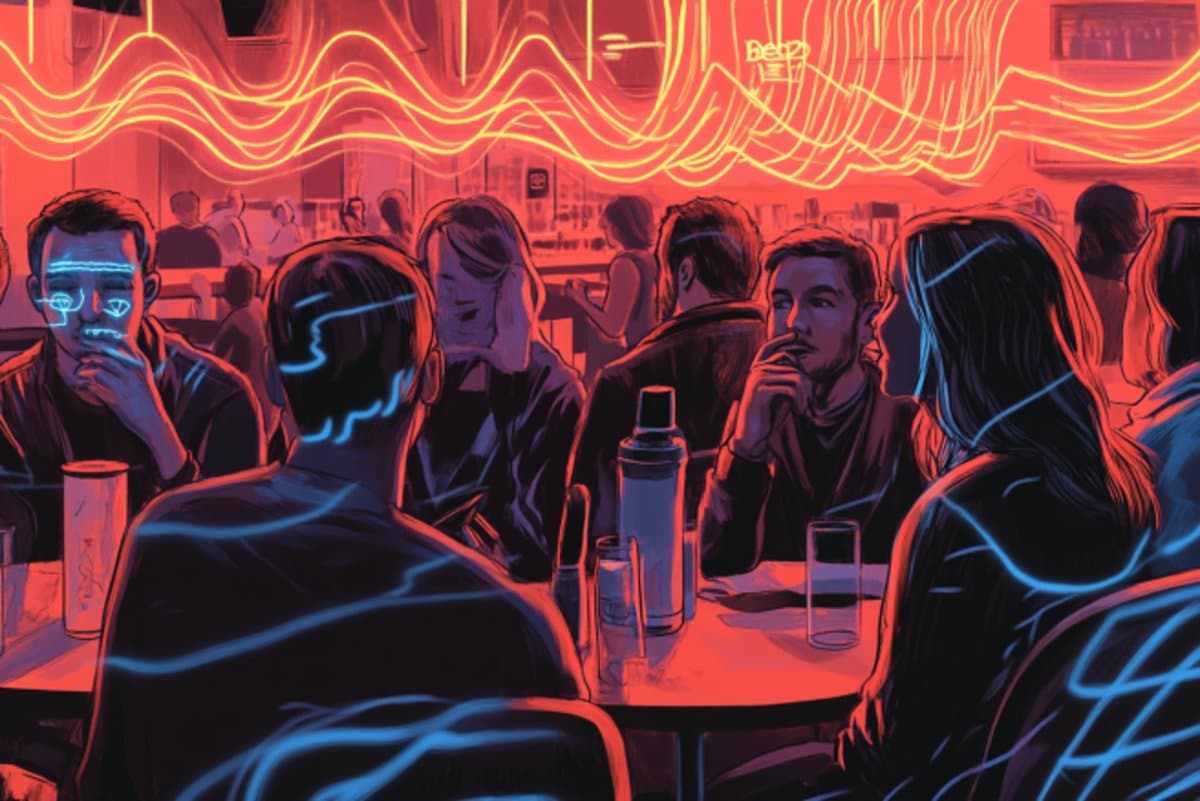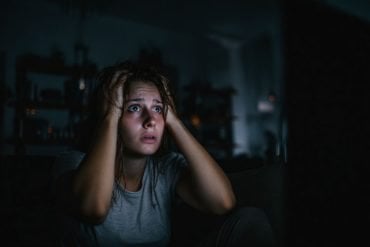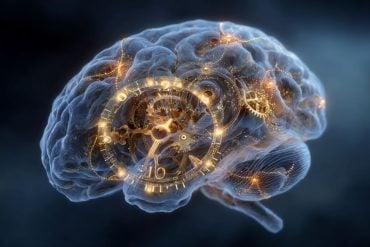Summary: A large-scale international study has confirmed that the ability to detect background sounds varies significantly from person to person and depends on the preceding noise. By replicating a 10-year-old study with 149 participants across 25 labs in 10 countries, researchers found consistent results supporting the original findings.
People’s sensitivity to detecting a signal amid noise is not only variable but influenced by what sounds they heard just before. This foundational research helps explain why some individuals struggle more than others to follow conversations in noisy environments.
Key Facts:
- Individual Variation: People’s ability to detect sounds in noise varies widely.
- Context Matters: What was heard just before affects perception of later sounds.
- Clinical Potential: The findings could inform hearing diagnostics and therapies.
Source: Northeastern University
A study led by Northeastern University professor Jonathan Peelle with researchers from across the globe has confirmed that people’s ability to detect background sounds varies from person to person, and is influenced by the noise that came before the sounds.
Peelle’s large-scale replication of a 10-year-old study involved 25 labs across 10 countries and included 149 participants.
The findings will be published in the scientific journal Royal Society Open Science.

About a decade ago, a research paper suggested that some people are better at picking out background sounds than others, and that this ability depends on the surrounding noise. But the study’s findings were based on data from just five participants, each completing a five-hour task.
Peelle, a professor of communication sciences and disorders at Northeastern, wanted to see if he could expand this study and understand how listeners understand speech in noise.
“This was a fundamental part of hearing and how we perceive the world,” said Peelle, who studies how people understand speech in noise.
“The fact that people’s perception is affected by that was really intriguing and tied into a whole bunch of other ideas about how we hear and understand speech.”
Other researchers had the same reaction as Peelle when this study came out and wanted to try to expand on it. But he found people who tried to replicate the original study had struggled.
Realizing a replication would need to involve other labs given the scale, he and his team opened up the project to other research teams around the world. They also worked through the original paper and spoke with the team behind it to make sure they had all the details needed to replicate the study.
“We got their sounds and their code to really understand what they did and if we were doing anything differently,” Peelle said.
“Once we were convinced it was working, we put out a call for other labs to participate and … we were able to do a much more comprehensive job. In the end, we figured out some reasons why we weren’t able to replicate their study, and the main findings did stand up. But we had to jump over a lot of hurdles.”
The study had participants complete a series of tests over the course of five sessions that involved listening to a sequence of noises that would get louder or softer, Peelle said. The noise would then hit a steady volume and a beep would come in. Participants would have to indicate when they heard the beep, which appeared half the time.
The goal was to determine at what point people can start distinguishing certain sounds and make sense of them.
The original study authors did share their code and data, so the study could be as closely replicated as possible, down to what buttons people had to press.
One way to think about this is if you’re in a noisy coffee shop and you’re having trouble hearing a person you’re having a conversation with, it’s easier for some of their words to break through to your consciousness than others,” Peelle said.
“This was a really simplified version of that task. We’re just asking, did you detect a beep and noise? If we can better understand how our brains are understanding this really simple thing, it may then tell us more about how we have conversations in a coffee shop.”
The expanded study confirmed the results of the original: people’s ability to perceive sounds does change depending on what they just heard. The study also showed that different people have different levels of ability when it comes to gauging this.
“Some people are much more sensitive to this effect than others, which is potentially useful if we want to use this as a clinical diagnostic tool,” he said. “We know that there’s variability and effect. There are some people who don’t really seem to (show) this effect very much.”
But on a larger scale, the study also showed the value of collaboration, Peelle said.
“The exciting part to me was the collaborative nature of science (and) how enthusiastic people were to help out with this,” he added.
“We were able to get 25 teams from 10 countries to help out and pull together this kind of big group effort. We have 69 authors on the paper that we had to coordinate, and in the end, I feel like we came out with a much better product.”
About this auditory neuroscience research news
Author: Erin Kayata
Source: Northeastern University
Contact: Erin Kayata – Northeastern University
Image: The image is credited to Neuroscience News
Original Research: The findings will be published in Royal Society Open Science






